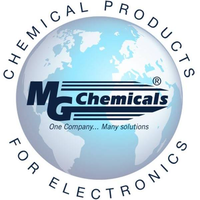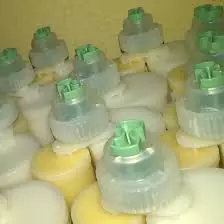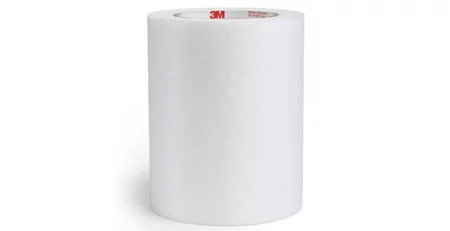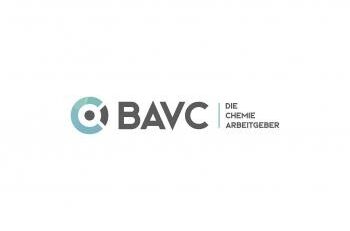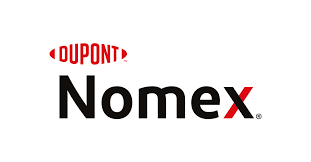How to comply with US food contact regulations (FDA) when using plastics
How to comply with US food contact regulations when using plastics
The US has strict food contact regulations. Plastics in particular have to meet high standards to ensure no harmful chemicals end up in food. In this article you will learn how to ensure that your plastic products comply with the regulations.
Overview of US food contact regulations
US food contact regulations are set out in the Food and Drug Administration (FDA) Food Contact Substance Notification Program (FCN). The FCN regulation requires that all substances that can come into contact with food are safe and have no harmful effects on the health of the consumer.
Plastic products must receive FDA approval before they can be sold in the United States. The FDA carefully reviews all documentation submitted to ensure the product is compliant.
How to ensure plastic products comply with regulations
There are several steps you can take to ensure your plastic products are compliant:
- Use Approved Materials: Use only FDA-approved plastics. Check the list of approved materials available on the FDA's website.
- Use Appropriate Additives: If you use additives like coloring or stabilizers, make sure they are also FDA-approved.
- Follow processing regulations: Make sure you comply with processing regulations. Some plastics require special processing techniques to ensure they comply with regulations.
- Conduct testing: Conduct testing to ensure your product is compliant. Some tests include migration tests, which check whether chemicals from the plastic can get into the food.
Which plastics can be used according to the FDA?
The FDA has created a list of plastics that are approved for use in contact with food. These plastics are designated as “Generally Recognized As Safe” (GRAS) and are considered safe for their intended use.
The GRAS plastics include, among others, polyethylene (PE), polypropylene (PP), polyethylene terephthalate (PET), polyvinyl chloride (PVC) and polycarbonate (PC). These plastics are widely used in the manufacture of food containers, packaging and utensils.
However, it is important to note that the FDA has different classes of food contact materials and that requirements may vary by class. For example, some plastics may be allowed in certain classes but not in others. It is therefore important that companies wishing to manufacture or import plastics for food contact use in the US review the exact FDA requirements for their specific products and ensure they are compliant.
Conclusion
US food contact regulations are strict but necessary to protect consumer health. When using food contact plastics, make sure you use approved materials and additives, comply with processing regulations, and conduct testing to ensure your product is compliant. By being compliant, you can ensure your products are safe and healthy.


